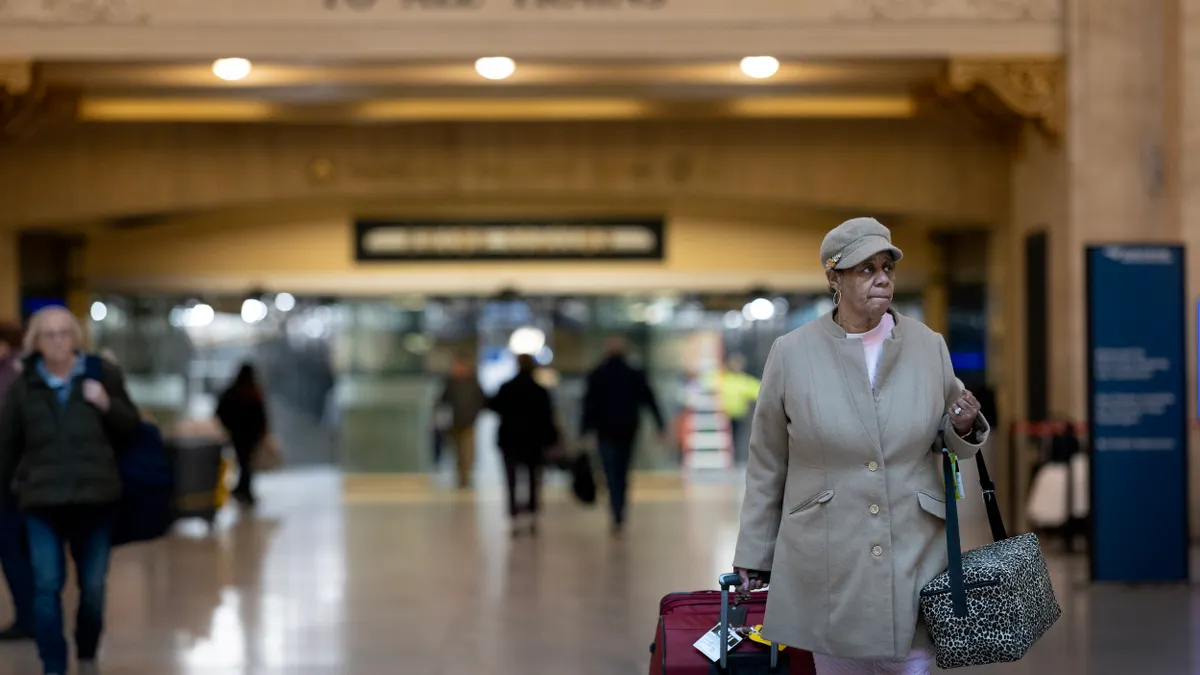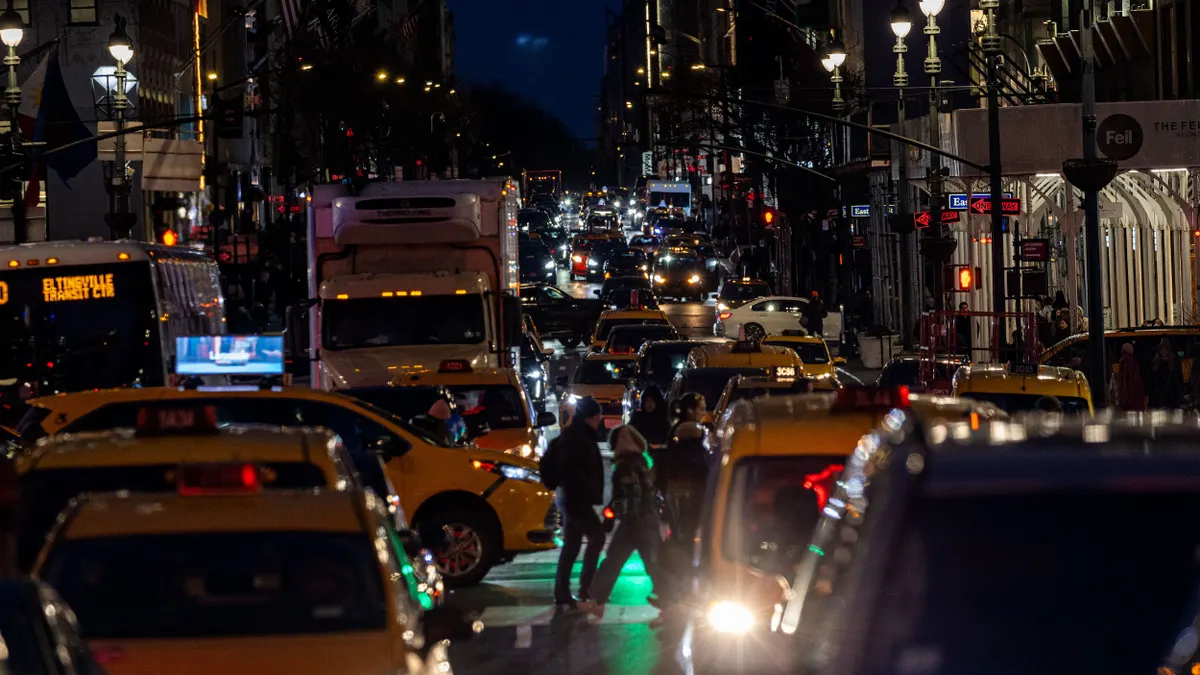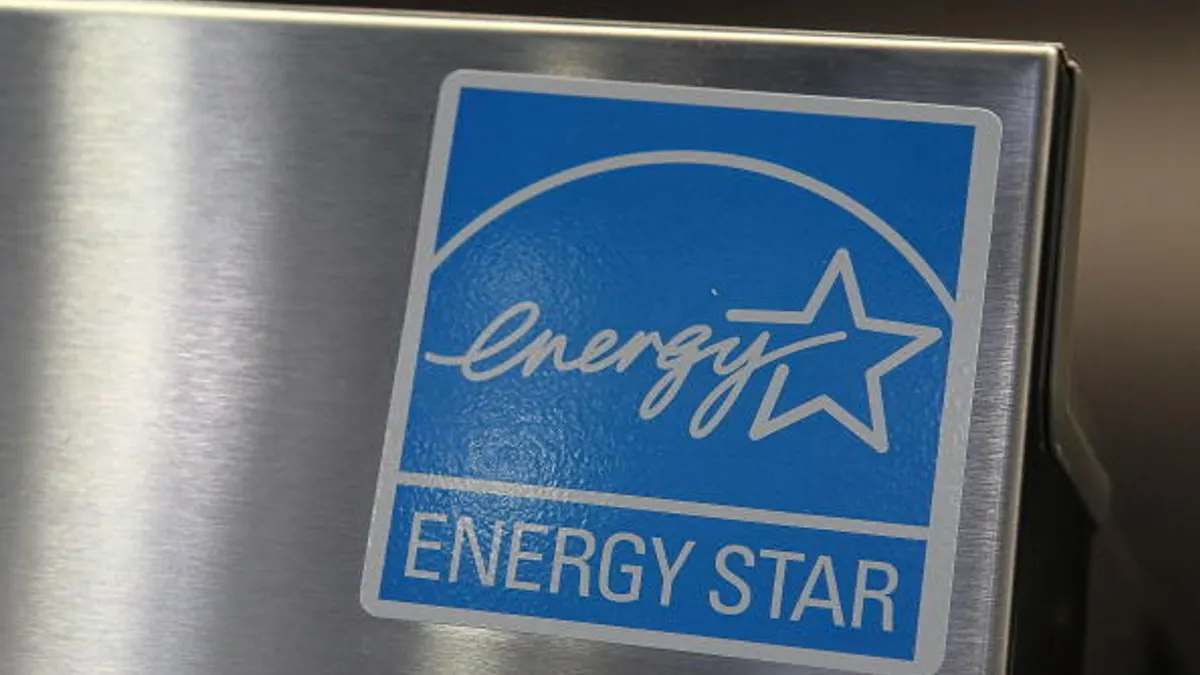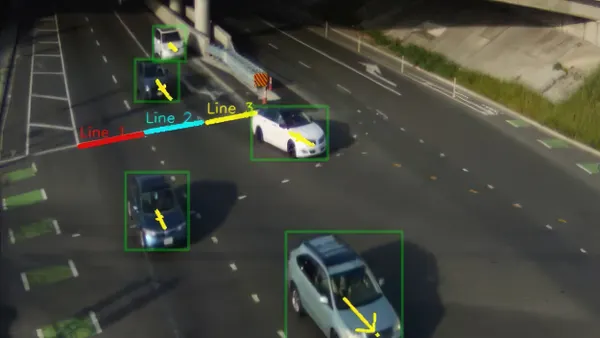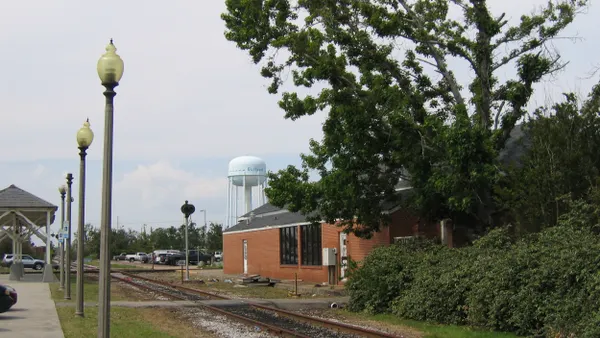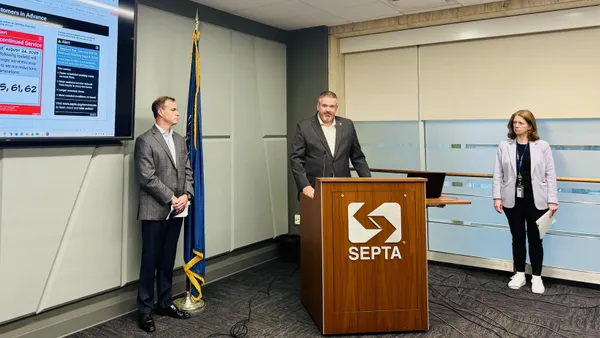Ridership on regional Amtrak trains out of Chicago Union Station grew 8% last year, according to a policy brief published last week by the Chaddick Institute for Metropolitan Development at DePaul University. Compared with similar regional passenger rail hubs in North Carolina-Virginia, California and upstate New York-Vermont, the Chicago hub is the growth leader.
“The intercity travel pie is growing, and Amtrak is well-positioned to benefit from that,” Joseph Schwieterman, director of the Chaddick Institute, said in an interview. For short-distance trips, he believes travelers are avoiding airlines.
The institute estimates that 1.85 million riders took state-supported trains serving Chicago on routes less than 750 miles in the nine-month period from October 2024 to June 2025. In 2024, 30 such routes in different parts of the country carried 14.5 million passengers.
“With an attractive product in partnership with our Amtrak Midwest states, two 110 mph ‘spokes' in our Chicago ‘hub,’ hundreds [of trains] connecting from across the Amtrak national network at Chicago and other gateways, aided by discontent with the hassles of other modes [of travel], our ridership continues to grow,” Amtrak spokesman Marc Magliari said in an email.
Illinois, Indiana, Michigan, Minnesota, Wisconsin and other states provide funding for passenger rail service in the region. The Midwest Interstate Passenger Rail Commission coordinates efforts among these states and with federal and local governments and the private sector. It also supports state transportation department efforts to develop, improve and implement passenger rail service.
Amtrak introduced its Borealis service between Chicago and St. Paul, Minnesota, on May 21, 2024, with funding from Minnesota, Wisconsin and Illinois. More than a quarter-million people have ridden those trains since then.
Schwieterman said “there are veritable transit deserts” in the Midwest that Amtrak fills. He cited minimal bus service from downtown Chicago to Champaign, Urbana, Bloomington and Normal, Illinois, and to Kalamazoo, Michigan.
Bus lines generally do not coordinate with rail service in the area, he said. “Bus collaboration in the Midwest is distressingly thin.”
Compounding the problem for travelers, Burlington Trailways, an intercity bus operator in the Midwest, announced last week it plans to shut down on Sept 27.
Chaddick projects that intercity rail travel out of Chicago will grow a cumulative 10% over the next two years. The only thing holding it back may be a lack of capacity to meet estimated demand, the report says. While state governments have ordered new rail cars, they may not be enough, according to the report. Already, many trains are sold out at peak times, such as the recent Labor Day weekend, according to a Chaddick analysis.
Magliari said the Midwestern states “were among the first adopters of the Venture-series railcars and Charger-series locomotives.” These U.S.-made train sets from Siemens produce fewer emissions than earlier trains and feature better passenger amenities and greater accessibility for riders with mobility issues.
More intercity passenger rail service is coming to Chicago. By the end of 2027, the Union Pacific Railroad and Chicago commuter operator Metra plan to launch intercity service to Rockford, Illinois, with three intermediate stops. The Illinois Department of Transportation is supporting the project.
Chicago Union Station, owned by Amtrak, is set for a major renovation. The project will increase capacity and improve connections among transportation modes. Amtrak expects to begin construction next year to convert some platforms the U.S. Postal Service previously used to public use for Amtrak trains, Magliari said.
The Chaddick report recommends that states and regional agencies help develop the Chicago hub by promoting train travel and increasing the synergy between intercity trains and public transit. Chaddick also urges states to increase train capacity by procuring more coach cars and developing policies to improve bus-train connections that could reach destinations beyond the rail routes.



